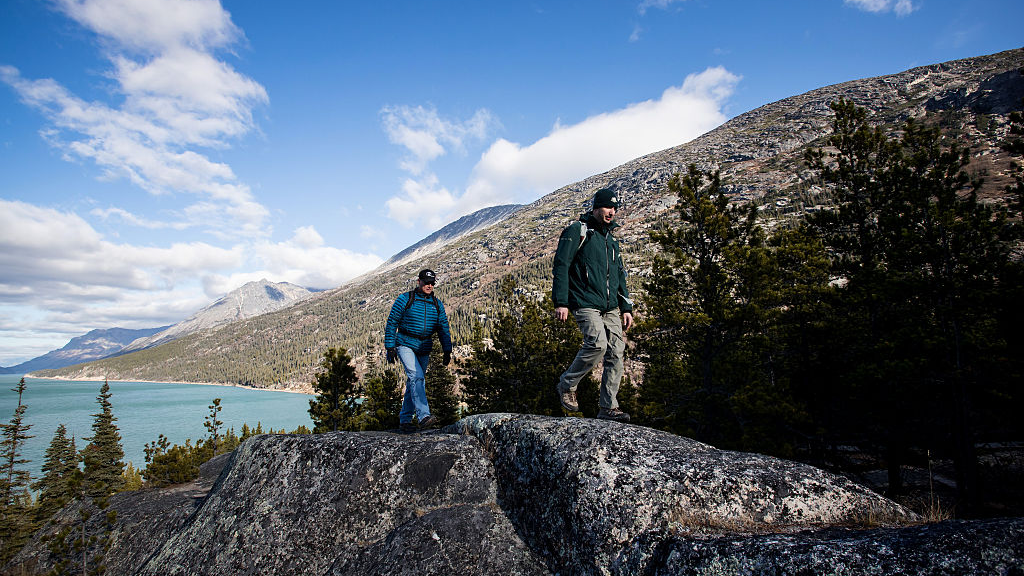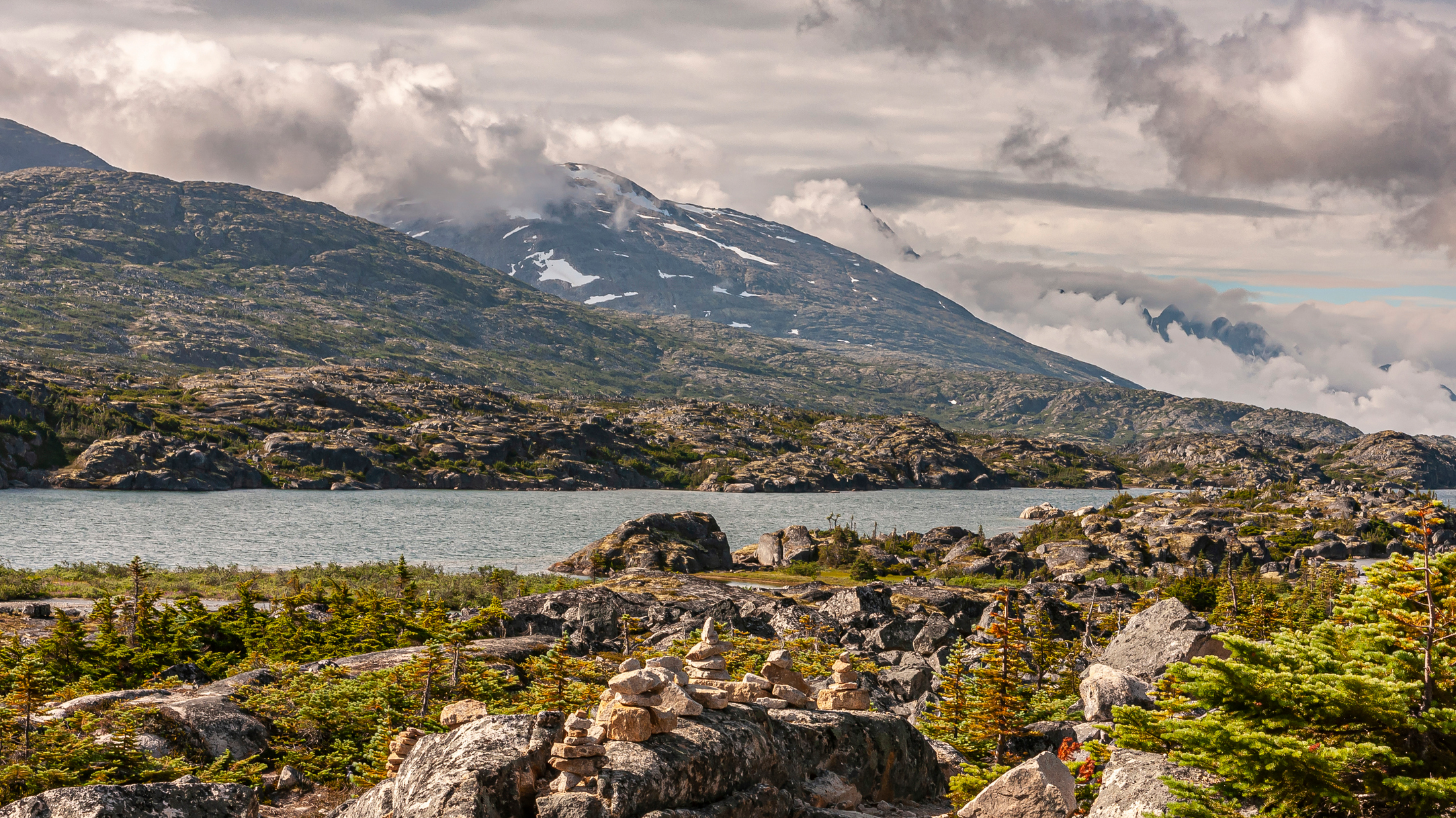
After half a decade of closure, hikers in the US and Canada can finally return to the iconic Chilkoot Trail, but there's a catch.
The 33-mile (53.1km) trek, which includes sections in Alaska, USA, and British Columbia, Canada, had been out of action since 2020, due first to COVID-19 restrictions and then severe flood damage.
The trail has finally been restored and reopened in both countries, but hikers won't be able to complete the journey in one go due to a continuation of pandemic-era border procedures.
These restrictions dictate that anyone wishing to make the crossing must do so through a designated port of entry. There are no ports along the trail, and the nearest one is in the town of Skagway, 11 miles (17.7km) from the American trailhead.
Hikers eager to make the crossing must instead travel to Skagway or "turn around at the border," according to Parks Canada, which oversees the Canadian wilderness.
In a statement to CBS News, the agency said it's "continuing to prohibit entry to Canada along the Chilkoot Trail, as there is not an effective way to monitor who is crossing the border and what they are bringing with them at this remote location".
America's National Park Service has agreed to the policy and will limit hikers to the 16.5-mile (26.5km) American section.
Prior to 2020, trekkers from both nations could register beforehand and cross the border with the proper documentation.

The Chilkoot Trail began life as a key route for gold seekers in the 1890s. Until 2020, it was one of Alaska's most popular trails, leading hikers through miles of rough mountain terrain and serene North American wilderness.
Its continued closure comes amid sour relations between the US and Canada, after President Trump suggested that America's northern neighbors should become the '51st state', and imposed eye-watering tariffs on Canadian goods entering the US.
Chilkoot isn't the only trail affected by border restrictions. Thru-hikers on the iconic Pacific Crest Trail have been forced to make a 30-mile (48.2km) detour to cross the border and complete the 2,650-mile (4,264.7km) trek.
- The best hiking shoes: capable summit-baggers and fast-paced walkers
- The best trekking poles: take the pressure off when you're out on the trails







